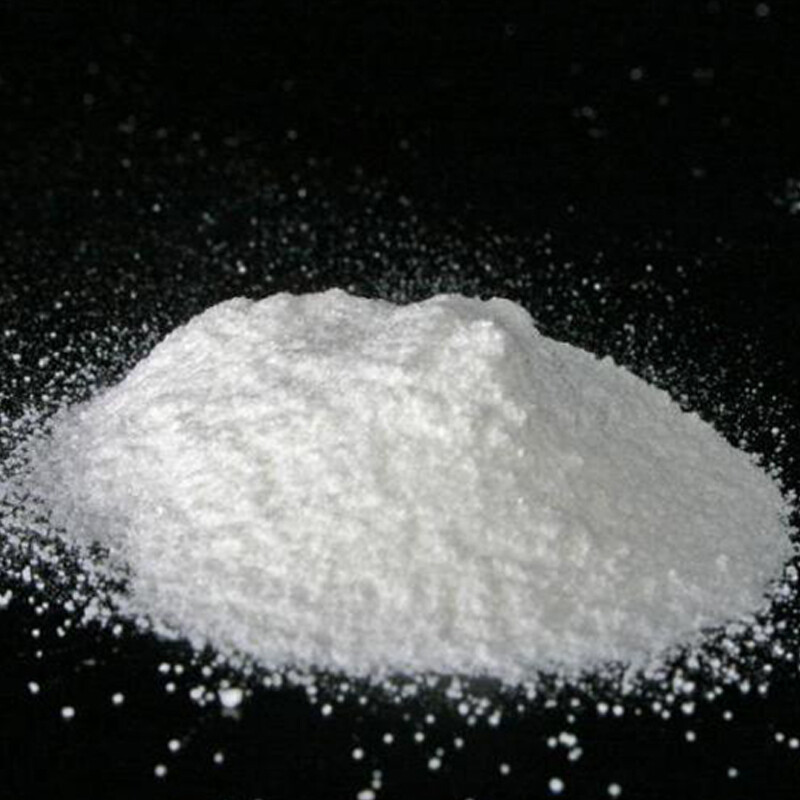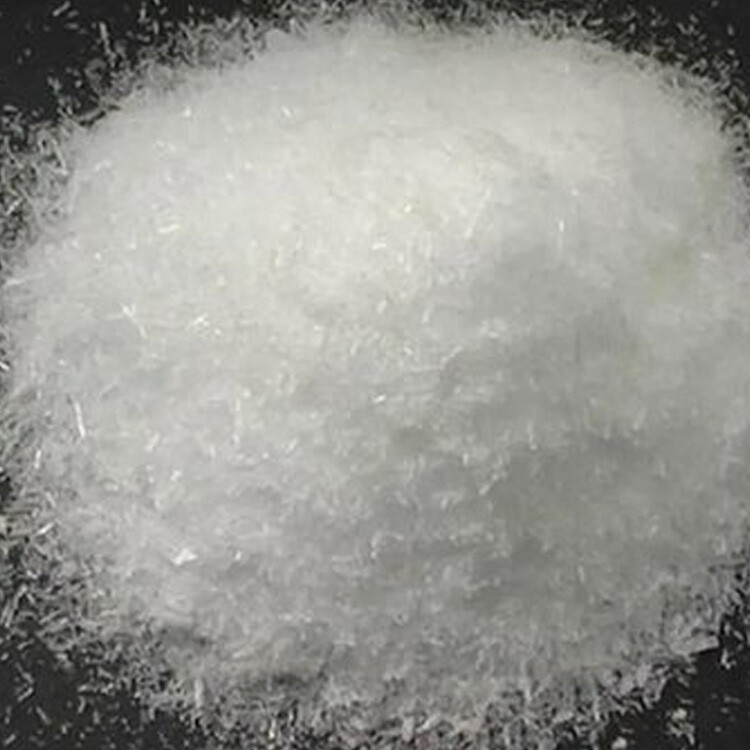PRODUCT
Product Center
Overview
PRODUCT DESCRIPTION
Disodium ethylenediaminetetraacetic acid, also called EDTA-2Na, is a good cooperating agent in chemistry. The chemical formula is C10H14N2Na2O8, the molecular weight is 336.206, it has six coordinating atoms, the formation of the complex is called chelate, EDTA is often used in coordination titration, usually to determine the content of metal ions.EDTA has an important use in the industry of dyes, food, pharmaceuticals and so on.
Disodium EDTA is a tasteless, odorless or slightly salty white or milky white crystal or granular powder, odorless and tasteless. It is soluble in water and extremely difficult to dissolve in ethanol. It is an important chelating agent, can chelate the metal ions in solution. It prevents metal-induced discoloration, deterioration, turbidity and oxidative loss of vitamin C. It also improves the antioxidant property of fats and oils (trace metals in fats and oils, such as iron, copper, etc., have the effect of promoting the oxidation of fats and oils).
Among the salts of ethylenediaminetetraacetic acid, disodium salt is the most important. It is an important complexing agent. Used in chemical copper plating, gold plating, lead-tin alloy plating, electrochemical polishing of steel parts and silver plating of copper parts before the solution, can also be used instead of EDTA-Na. It is also used in detergent, liquid soap, shampoo, agricultural chemical spray, bleaching and fixing solution for color photographic material processing, water purification agent, PH adjusting agent, coagulant inhibitor and so on. In the reduction initiation system for the polymerization of styrene-butadiene rubber, disodium EDTA, as a component of the active agent, is mainly used to complex ferrous ions and control the speed of the polymerization reaction.
According to GB 2760-2014: disodium EDTA can be used in jam, vegetable puree or sauce (except tomato salsa), with a maximum use level of 0.07g/kg; used in preserved fruits (groundnut preserves only), preserved vegetables, canned vegetables, canned nuts and seeds, canned miscellaneous grains, with a maximum use level of 0.25g/kg; used in composite seasonings, with a maximum use level of 0.075g/kg; used in composite seasonings, with a maximum use level of 0.25g/kg; used in composite seasonings, with a maximum use level of 0.25g/kg; and used in composite seasonings. Meanwhile, GB 2760-2014 stipulates that calcium disodium EDTA can be used as an antioxidant in compound seasoning, with a maximum use level of 0.075g/kg.
MESSAGE
Related recommendations
Please leave us a message








